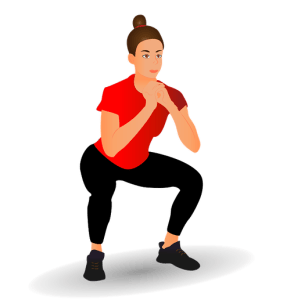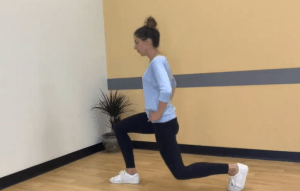Adult Acquired Flat Feet
 Adult acquired flat foot is most commonly characterised by pain and swelling around the inside of the ankle, due to soft tissue changes.
Adult acquired flat foot is most commonly characterised by pain and swelling around the inside of the ankle, due to soft tissue changes.
It is most commonly seen in women over 40, but can present in either sex at any age. Usually it occurs in only one foot along with ankle pain and difficulty walking. It shouldn’t be confused with inherited flat feet, which occurs in both feet from a very young age and is normal.
Because of its progressive nature it is best dealt with as early as possible, where conservative measures are best placed.
Flat feet can be caused by:
- Trauma
- High BMI and sedentary lifestyle
- Diabetes, high blood pressure and inflammatory disorders
- Steroids – orally and locally (injection) administered
- Reduced hip and ankle strength or flexibility
- Occasionally following knee surgery.
This can be as simple as removing some of the causes such as changing ill-fitting, worn-out footwear, losing weight or modifying activities to non-weight-bearing exercise such as swimming or cycling.
The most common pain relief solutions are:
- Modification to lifestyle (including work environment).
- Rest, avoid prolonged activity such as standing, walking and sports.
- Strapping and taping.
- Weight loss
- Use of supportive footwear
- Orthotic insoles.
- Ice massage
- Stretching and strengthening exercises
Exercises
You may want to try the exercises below and see which is most suitable for you:
It is normal to feel some discomfort with stretching but the stretch should not be painful. If you have new pain or your current symptoms worsen stop doing the exercises.
 Stand on a level surface with your feet about six-inches apart.
Stand on a level surface with your feet about six-inches apart.- Hold onto a stable surface to maintain balance.
- Slowly raise on to toes, taking three seconds to rise and three seconds to lower.
- Repeat this 20 times, three times a day.
 Stand on a level surface with feet together.
Stand on a level surface with feet together.- Engage your tummy muscles (draw belly button towards spine).
- Use a mirror to maintain upright posture.
- Raise one leg off the ground and hold for 30 seconds.
- Switch legs and repeat 3 times on each side, 3 times a day.
 Stand on a level surface with feet shoulder width apart.
Stand on a level surface with feet shoulder width apart.- Ensure heels are weighted, flex your knees and hips to lower than a seated position.
- Take 3-5 seconds to lower, then slowly rise back up.
- Repeat ten times, three times a day.

- Stand on one leg (as per ‘Balancing’).
- Slowly bend standing knee to squat taking about three seconds to lower. Concentrate on keeping the knee-cap over your toes.
- Hold for three seconds and rise back up.
- Repeat ten times on each leg, three times a day
 Stand with feet hip-width apart. Tie a therapeutic elastic band in a loop and circle around ankles with no slack.
Stand with feet hip-width apart. Tie a therapeutic elastic band in a loop and circle around ankles with no slack.- Shift your body weight onto one leg, lifting the other slightly off the ground.
- Maintain an upright body position, extend your leg outwards six inches (keep knees straight and lead with your heel)
- Take three seconds to move out, hold for three seconds and three seconds return. Repeat ten times on each leg, three times a day.
 Stand on a level surface, take a large step forward and, in one motion, flex both knees to drop your pelvis/hips toward the ground
Stand on a level surface, take a large step forward and, in one motion, flex both knees to drop your pelvis/hips toward the ground- Take three seconds to drop (don’t let the trailing knee touch the ground).
- Concentrate on ensuring the front knee follows the toes.
- Rise back up to the standing position slowly and repeat on the other leg.
- Repeat this ten times, three times a day.

Also in this section
More useful links
If you have a problem which does not improve as you would expect with self-care, you should contact a healthcare professional for advice. This may be your GP, Pharmacist, NHS Podiatry Service or a Private Podiatrist.
Please make sure your podiatrist is registered with the Health and Care Professions Council and look out for the letters HCPC after their name.
Please note good compliance with daily stretching may take up to 6 – 8 weeks before the benefits are felt.

